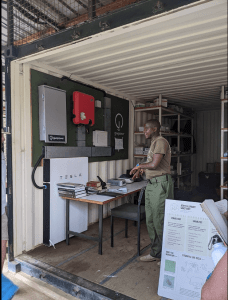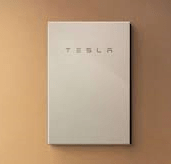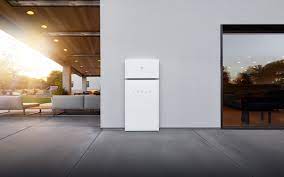¿Cuál es la mejor batería para almacenamiento solar en 2022?
Encuentre las mejores baterías solares para su hogar
Tabla de contenido
A medida que Tesla Motors (ahora Tesla, Inc.) desarrollaba baterías para su negocio de automóviles eléctricos, la empresa también comenzó a experimentar con el uso.baterías para almacenamiento de energía. A partir de 2012, Tesla instaló prototipos de paquetes de baterías (que luego se convirtieron en el Tesla Powerpack) en las ubicaciones de algunos clientes industriales.
Tesla ha ofrecido varios modelos de Powerwall desde su presentación en abril de 2015. Tesla produce principalmente 3 tipos de baterías, incluida la Powerwall Powerwall 2 original, Powerwall+.
1.Powerwall 1
En junio de 2015, el director ejecutivo Elon Musk anunció que el Powerwall original se duplicaría con creces hasta alcanzar los 5 kW constantes con un pico de 7 kW, sin aumento de precio. Hay dos modelos de Powerwall, uno es un modelo de capacidad de 7 kilovatios-hora (kWh) para uso en ciclo diario (autoconsumo solar), otro es un modelo de mayor capacidad de 10 kWh para clientes que también desean energía de respaldo.

2.Powerwall 2
El Powerwall 2 se presentó en octubre de 2016. En comparación con otros, el Powerwall 2 tenía una capacidad de 13,5 kWh y era capaz de entregar 5 kW de potencia de forma continua y hasta 7 kW de potencia máxima en ráfagas cortas (hasta 10 segundos). Después de 5 años, se han instalado 100.000 Tesla Powerwall 2. En comparación con Powerwall 1, Tesla Powerwall2 utiliza celdas más grandes de 21 a 70, que tienen un diámetro de 21 mm y 70 mm de largo. El Powerwall 1 original de Tesla utilizaba celdas más pequeñas de tamaño 18650.

3.Powerwall+
El 29 de abril de 2021, Tesla comenzó a solicitar permisos de construcción para proyectos que utilizarían Powerwall+, un dispositivo que combina las funciones de un Powerwall2, Tesla Backup Gateway y el inversor solar Tesla. Se pueden combinar hasta 10 unidades Powerwall 2 o Powerwall+ para ampliar la capacidad y la potencia máxima del sistema.
.
| Modelo | Introducido | Precio ($EE.UU.)[a] | Capacidad (kWh) | Poder maximo | Peso | Dimensiones, alto × ancho × profundidad | Temperatura de funcionamiento | Ciclos (durante 10 años de garantía) | |
| Continuo | Pico (10 segundos) | ||||||||
| Powerwall 1 (descontinuado) | abril 2015 | $3,000 | 6.4[30] | 3,3 kilovatios[31] | 214 libras (97 kg) | 51,3 pulgadas × 34 pulgadas × 7,2 pulgadas (130 cm × 86 cm × 18 cm) | −4 a 110 °F (−20 a 43 °C) | 5,000[32][33] | |
| muro eléctrico 2 | octubre 2016 | $5,500, luego $6,500 | 13.5 (utilizable)[34] | 5 kilovatios | 7 kilovatios | 251,3 libras (114,0 kg)[35] | 45,3 x 29,6 x 5,75 pulgadas (115,1 x 75,2 x 14,6 cm) | −4 a 122 °F (−20 a 50 °C) | Ilimitado (Utilizado para autoconsumo solar, cambio de carga en el tiempo de uso o energía de respaldo) 37,8 MWh de rendimiento agregado (otras aplicaciones)[36] |

